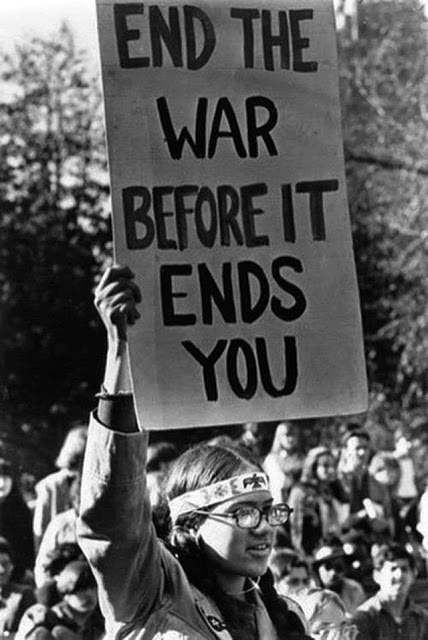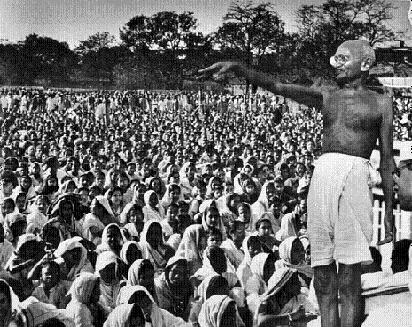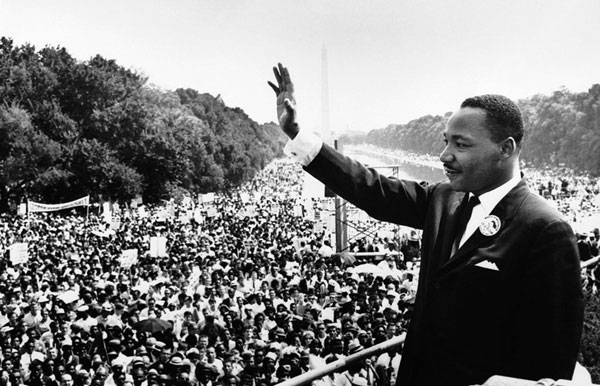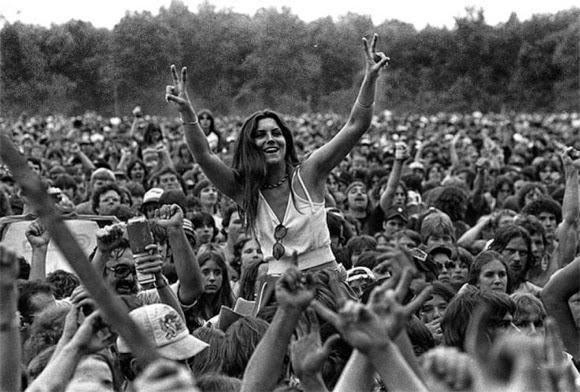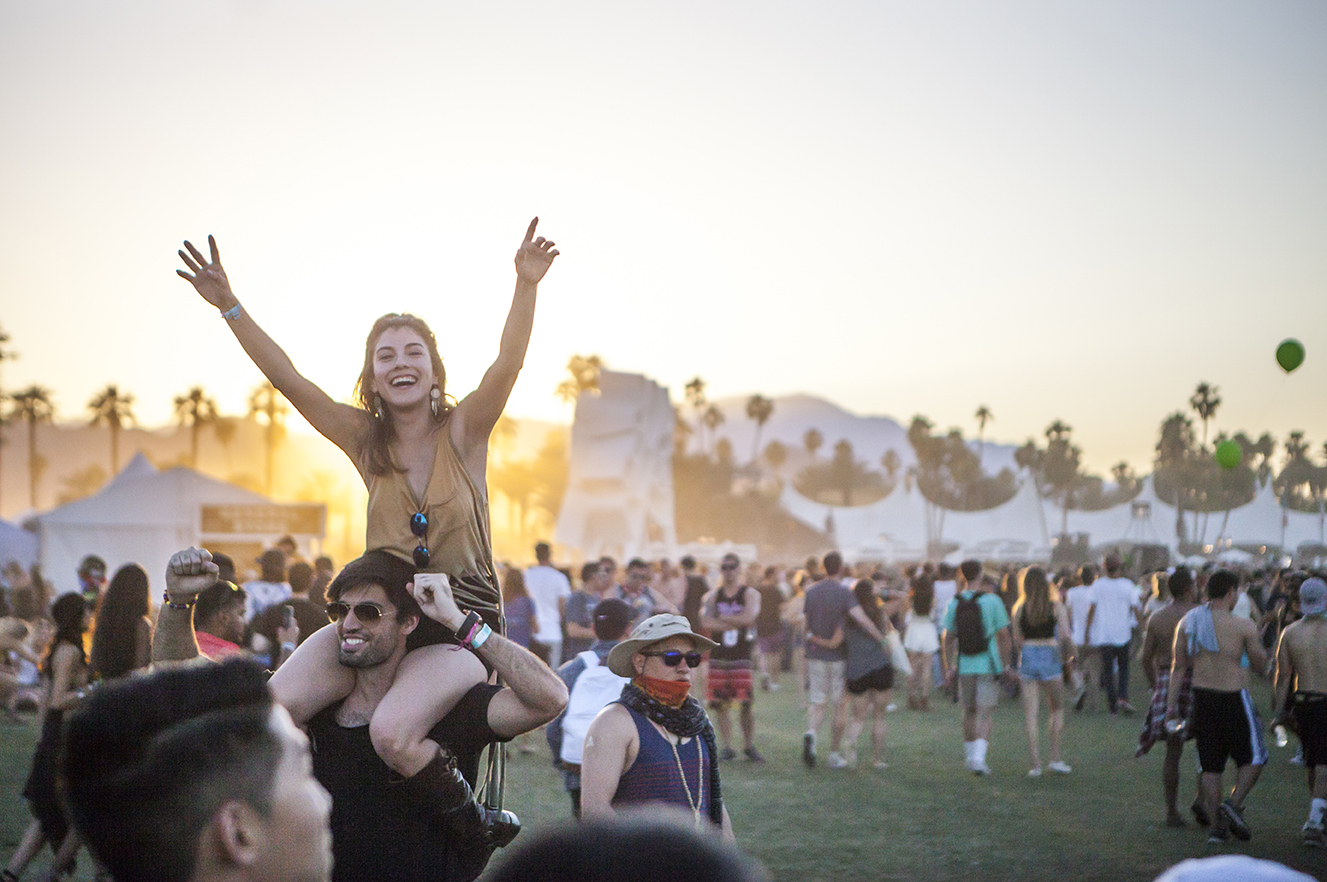Counterculture Through The Ages
From Londonhua WIKI
Revision as of 08:14, 12 June 2017 by Ekmceachern (talk | contribs)
Contents
The History of Counterculture
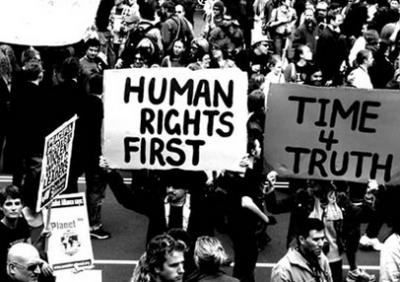 Counterculture of the 1960s |
Abstract
This project aims to give a complete and extensive understanding of what counterculture is through the use of examples found it history. Also, it attempts to identify the counterculture of today. When people think of counterculture most of the time hippies and the 1960s will pop into their head, but time periods like the Enlightenment are also considered counterculture by its definition. I hope that after reading this project people will understand the complexity and quantity of countercultures throughout history. At WPI I have taken 2 History courses and 1 Philosophy course: HI 1332, HI 2332, and PY1731.
Introduction
I suggest you save this section for last. Describe the essence of this project. Cover what the project is and who cares in the first two sentences. Then cover what others have done like it, how your project is different. Discuss the extent to which your strategy for completing this project was new to you, or an extension of previous HUA experiences.
As you continue to think about your project milestones, reread the "Goals" narrative on defining project milestones from the HU2900 syllabus. Remember: the idea is to have equip your milestone with a really solid background and then some sort of "thing that you do". You'll need to add in some narrative to describe why you did the "thing that you did", which you'd probably want to do anyway. You can make it easy for your advisors to give you a high grade by ensuring that your project milestone work reflects careful, considerate, and comprehensive thought and effort in terms of your background review, and insightful, cumulative, and methodical approaches toward the creative components of your project milestone deliverables.
Section 1: Background
What is Counterculture?
A counterculture, "rejects or challenges mainstream culture or particular elements of it" [1]. A counterculture action aims to show opposition, disagreement, and/or rebellion towards current culture in place. Countercultures are also defined as "embracing individual and social change"[2]. Individuality is extremely important to the idea of counterculture and the only time that it will reject individuality is when the expression of individuality becomes oppressive to others[3]. Some ways counter culture is often displayed is through protesting against a particular issue, rebelling against an established way of doing things, trying to overcome oppression, and even creating a new culture when the current one in place is dissatisfying[4]. Methods used to express countercultural points of view are meant to promote action and provoke change among people. Often the unacceptability of counterculture is eventually taken as a normality by the general population and considered mainstream culture, this also makes it very difficult to identify a counterculture until a few years after it has originated. In the sections below I have included a few of the more modern methods people use to express their countercultural point of view.
Methods
Demonstration
Demonstation is used as a way for people to come together to physically protest against a particular situation that they do not agree with[5]. Demonstrations can sometimes turn into violent riots but in general they are one of the more peaceful forms of taking direct action against something. Peace protests have emerged to oppose the threat of war and even the development of dangerous technologies like nuclear technology[6].
Civil Disobedience
Historically, peace movements have been split on the decision to take more radical approaches of protest, like civil disobedience, over demonstration. Civil disobedience, like demonstration, is a form of direct action but it differs from demonstration because laws are broken in order to force an issue onto a political stage[7]. People for civil disobedience argue that small crimes, like the disruption of streets, are okay because they are protesting a much large crime or issue, like war or environmental damages. However, in the eyes of authorities, the breaking of a law is never okay and participants of civil disobedience are often treated as trespassers.
In England, the philosopher Bertrand Russell was an advocate for civil disobedience and participated in sit-ins as a founder of the Committee of 100[8]. A sit in uses disruptions to attract attention to the cause that is being protested against. During a sit in protestors will literally sit in an area and refuse to move until their wants are met or they are removed by the auhorities[9]. This method of protest was first used by Mahatma Gandhi and later adopted by others like Martin Luther King Jr. during the Civil Rights Movement.
Civil disobedience was also used by some of Bertrand Russell's Committee of 100 in the 1960s to find out and expose secret government information. Calling themselves the Spies for Peace, they supported people breaking into military bases and finding classified military information.
Living Demonstration
An example of living demonstration is squatting, where a person occupies an empty property without the owners permission or knowledge. To demonstrators, this method is both practical and symbolic because it gives a place for homeless people to live and also raises awareness to the issue of homelessness. The issue of homelessness in London has been a controversial and serious one for a very long time and the development of the squatters movement in the 1960s relied on press coverage to get its message across, as do many living demonstration movements[10].
Disruption
Motivation for disruption often involves opposition to mainstream political processes and consumer culture. In the 1990s disruption developed certain specific characteristics like opposition to the car and its destructive qualities and a focus on civil freedom and democratic rights[11].
During the 1990s in England protesters took preventative measures like camping on construction sites of new roads to stop their building. Dedicated protestors even began moving from one protest site/community to another with no permanent home[12]. The people participating in this movement learned a lot from the squatters movement about how to get the attention of the media and how to avoid arrest, eventually producing their own websites and other press about how to avoid arrest in a protest situation.
Underground Press
Underground Press in the UK began in October of 1966, when the first edition of the International Times was published. An article on the British Library writes, "The Underground Press didn't say what you thought, but it did somehow express what you felt" [13]. These publications aimed to express the growing counterculture of the 1960s in the UK where reporters wrote about changing attitudes of young people with a very "radical" voice. The underground press was given its name because it did not accept current, dominant cultural beliefs and when mainstream news carriers refused to sell the International Times the writers and producers found young people to sell it to on the streets. Many of the underground papers were subject to police raids and charged with obscenity and trying to corrupt public morals[14]. Even the layouts of the papers were hard to read and represented counterculture in a bold way.
Do it Yourself
"Do it Yourself" counter culture is all about stopping the consumption of the culture that was made for you and making your own culture. It is also a way to reject normal and accepted ways of expressing oneself and and developing new methods for self-expression [15].
Fanzines, also known as "zines", became a popular form of expressing counterculture before websites became a medium of communication. The reason they became so popular is that they are not dependent on any kind of publisher, are not motivated by profit, and are not filtered through anything. They are not as regulated and monitored as many other similar digital mediums and became attractive to people looking for a place to freely express themselves [16]. Zines became so popular because they can be completely controlled by the person who creates them, which helps prevent misinterpretation, a problem that many countercultures have faces when dealing with mainstream media and press. Today, zines are not used much at all and the ones that are may never actually reach an audience.
Examples of Counterculture in History
The above methods of expressing countercultural points of view are mainly from the mid to late 20th century, but countercultural movements have been going on for much longer than this. Below I have outlined some very important and noteworthy countercultural movements and explained what makes each of them counterculture.
The Enlightenment
One of the most significant counter cultural movements to date is the Enlightenment. Enlightenment thinkers, mostly white males, institutionalized many intellectual values leaving lasting impacts even on todays society. As a counterculture, the Enlightenment movement formalized rationalism and made liberty a social contract[17]. Prior to the Enlightenment, European countries were ruled by only a few aristocrats who believed they had the power to do what they wanted with the world, which according to them was given to them by God. The Enlightenment went directly against these ideas and within 100 years, people of power were allowing others to discuss and spread whatever new ideas they wanted to[18].
The Enlightenment brought many new philosophical viewpoints including those of René Descartes, who proposed that reason could help people to understand the physical world. This kind of idea was revolutionary for the time and completely unlike previous medieval ideas[19]. Another philosopher, John Locke, went directly against the absolute monarchies of the time and stated that a government based on consent and majority ruling was the best way to govern a civil society[20]. Most likely the most important intellectual from the enlightenment was Francis Bacon, who is credited with the creation of the philosophy of modern science and technology. His ideas were completely opposite of medieval points of view, which stated that God, angels, and Satan are constantly interfering in the real world[21]. Also according to medieval ideas, there is no way to change the world to increase human happiness because it is not possible to change God's plan[22]. Bacon completely disagreed with this concept and argued that the way to true knowledge is to study the complexities of nature and the natural world.
In general, the freethinking of the enlightenment makes it a counterculture to the long medieval ages that came before it. Enlightenment thinkers publicly emphasized their opposition to religious philosophies of the past through their writings and statements of their new ideas. Eventually, like most countercultures, the ideas of Enlightenment thinkers became accepted among the majority of society.
Romanticism
Shortly after the beginning of the French Revolution, the Romanticism movement among intellectuals from both Europe and America took off, as a counterculture against the Enlightenment[23]. The Enlightenment challenged medieval kings, the church, class structure, and many other aspects of the previous society while romantics were extremely opposed to modern rationalism, which was a main product of the enlightenment. Romantic thinkers are often reffered to as being "anti-bourgeois'[24] and holding too tightly onto ancient ways of society. The Romantics of the first half of the 19th century completely rejected liberalism which has been puzzling to historians in the past. Liberalism and Democracy were denounced by some as being "herd-animalization" and a "form of decline in organizing power"[25].
The Romantic Period was a time of serious changes, where violent revolutions were taking place in both Europe and America. Poets like William Blake and William Wordsworth felt that they were "chosen" to help people through this changing and confusing time[26]. At the beginning of the Romantic period, Romantic poets in general were supporters of the French Revolution but changed their minds as the Reign of Terror came into reality. Romantic poets emphasized the idea that the imagination could help people overcome their troubles and Percy Bysshe Shelley even declared that poets "are the unacknowledged legislators of the world"[27]. Contrary to the Enlightenment, Romantic work was deeply rooted in the individual rather than focusing on society as a whole, and Romantics praised youth and innocence as being authoritative rather than those with age and experience. Romantics also believed that children held a special place in the world because of their innocent perspective[28]. In the writings of romantics they encouraged people to explore new places and made the world seem like it had unlimited opportunities for all.
Specific oppositions against the Enlightenment were shown through the introduction of the Gothic novel. One of the most famous Romantic novelists was Ann Radcliffe, who's work focused on struggling middle-class women who desired to see new places and inspiring landscapes[29]. Mary Shelley's famous work Frankenstein displays aspects of the Romantic movement, like the idea that scientific discoveries are driven by imagination, which is a direct contrast to that of the Enlightenment[30].
Art during the romantic period moved away from classical traditions and developed a new type of emotionalism that contrasted the ideas of "classical restraint"[31].
Suffrage
Civil Rights Movements
Hippies of the 60s
The 1960s is often thought of as a very turbulent time in both the history of the United States and the United Kingdom. The political and social movements of the time period directly went against what was accepted for the time period, qualifying them as countercultural movements.
One very important movement that began in the 1960s was the Gay Liberation movement. This movement was led by young people who worked with organizations like the Mattachine Society, the Society for Individual Rights, and the Council on Religion and the Homosexual[32]. Activists of this time period were working to abolish the idea that homosexuality was a sickness, which was a normal and accepted idea of the time[33]. These groups were aiming to help gay men and women of the time by providing social services, fighting discrimination, and developing a new, positive gay culture in American cities. This was a completely revolutionary idea for the time, and the 1960s made many advances that helped the movement grow in the future. After a riot in a bar in Greenwich Village in New York City in 1969, known as the Stonewall riot, The Gay Liberation Front was formed and in only 4 years there was over 800 gay organizations[34]. The political activism of the time was marked by this expanse in support for the gay liberation movement.
Punks of the 90s
Section 2: Deliverable
The Revival of the Hippie Movement: Today's Counterculture
Conclusion
In this section, provide a summary or recap of your work, as well as potential areas of further inquiry (for yourself, future students, or other researchers).
References
- Counter Culture. (2006, September 22). Retrieved June 06, 2017, from http://www.bl.uk/learning/histcitizen/21cc/counterculture/counterintro.html
- Murphy, D. D. (n.d.). Romanticism and Counterculture The Rise of an Alienated Intellectual Subculture . Retrieved June 07, 2017, from http://dwightmurphey-collectedwritings.info/M4-Ch3.htm
- Forward, S. (2014, February 18). The Romantics. Retrieved June 09, 2017, from https://www.bl.uk/romantics-and-victorians/articles/the-romantics
- T. (n.d.). Romanticism – Art Term. Retrieved June 09, 2017, from http://www.tate.org.uk/art/art-terms/r/romanticism
- Sirius, R. U., & Joy, D. (2006). Counterculture through the ages: from Abraham to acid house. New York: Villard.
- Hall, S. (2008). Protest Movements in the 1970s: The Long 1960s. Journal of Contemporary History, 43(4), 655-672. Retrieved from http://www.jstor.org.ezproxy.wpi.edu/stable/40543228
Image Gallery
If appropriate, add an image gallery
- ↑ Counter Culture. (2006, September 22). Retrieved June 06, 2017, from http://www.bl.uk/learning/histcitizen/21cc/counterculture/counterintro.html
- ↑ Sirius, R. U., & Joy, D. (2006). Counterculture through the ages: from Abraham to acid house. New York: Villard.
- ↑ Sirius, R. U., & Joy, D. (2006). Counterculture through the ages: from Abraham to acid house. New York: Villard.
- ↑ Counter Culture. (2006, September 22). Retrieved June 06, 2017, from http://www.bl.uk/learning/histcitizen/21cc/counterculture/counterintro.html
- ↑ Counter Culture. (2006, September 22). Retrieved June 06, 2017, from http://www.bl.uk/learning/histcitizen/21cc/counterculture/counterintro.html
- ↑ Counter Culture. (2006, September 22). Retrieved June 06, 2017, from http://www.bl.uk/learning/histcitizen/21cc/counterculture/counterintro.html
- ↑ Counter Culture. (2006, September 22). Retrieved June 06, 2017, from http://www.bl.uk/learning/histcitizen/21cc/counterculture/counterintro.html
- ↑ Counter Culture. (2006, September 22). Retrieved June 06, 2017, from http://www.bl.uk/learning/histcitizen/21cc/counterculture/counterintro.html
- ↑ Counter Culture. (2006, September 22). Retrieved June 06, 2017, from http://www.bl.uk/learning/histcitizen/21cc/counterculture/counterintro.html
- ↑ Counter Culture. (2006, September 22). Retrieved June 06, 2017, from http://www.bl.uk/learning/histcitizen/21cc/counterculture/counterintro.html
- ↑ Counter Culture. (2006, September 22). Retrieved June 06, 2017, from http://www.bl.uk/learning/histcitizen/21cc/counterculture/counterintro.html
- ↑ Counter Culture. (2006, September 22). Retrieved June 06, 2017, from http://www.bl.uk/learning/histcitizen/21cc/counterculture/counterintro.html
- ↑ Counter Culture. (2006, September 22). Retrieved June 06, 2017, from http://www.bl.uk/learning/histcitizen/21cc/counterculture/counterintro.html
- ↑ Counter Culture. (2006, September 22). Retrieved June 06, 2017, from http://www.bl.uk/learning/histcitizen/21cc/counterculture/counterintro.html
- ↑ Counter Culture. (2006, September 22). Retrieved June 06, 2017, from http://www.bl.uk/learning/histcitizen/21cc/counterculture/counterintro.html
- ↑ Counter Culture. (2006, September 22). Retrieved June 06, 2017, from http://www.bl.uk/learning/histcitizen/21cc/counterculture/counterintro.html
- ↑ Sirius, R. U., & Joy, D. (2006). Counterculture through the ages: from Abraham to acid house. New York: Villard.
- ↑ Sirius, R. U., & Joy, D. (2006). Counterculture through the ages: from Abraham to acid house. New York: Villard.
- ↑ Sirius, R. U., & Joy, D. (2006). Counterculture through the ages: from Abraham to acid house. New York: Villard.
- ↑ Sirius, R. U., & Joy, D. (2006). Counterculture through the ages: from Abraham to acid house. New York: Villard.
- ↑ Sirius, R. U., & Joy, D. (2006). Counterculture through the ages: from Abraham to acid house. New York: Villard.
- ↑ Sirius, R. U., & Joy, D. (2006). Counterculture through the ages: from Abraham to acid house. New York: Villard.
- ↑ Murphy, D. D. (n.d.). Romanticism and Counterculture The Rise of an Alienated Intellectual Subculture . Retrieved June 07, 2017, from http://dwightmurphey-collectedwritings.info/M4-Ch3.htm
- ↑ Murphy, D. D. (n.d.). Romanticism and Counterculture The Rise of an Alienated Intellectual Subculture . Retrieved June 07, 2017, from http://dwightmurphey-collectedwritings.info/M4-Ch3.htm
- ↑ Murphy, D. D. (n.d.). Romanticism and Counterculture The Rise of an Alienated Intellectual Subculture . Retrieved June 07, 2017, from http://dwightmurphey-collectedwritings.info/M4-Ch3.htm
- ↑ Forward, S. (2014, February 18). The Romantics. Retrieved June 09, 2017, from https://www.bl.uk/romantics-and-victorians/articles/the-romantics
- ↑ Forward, S. (2014, February 18). The Romantics. Retrieved June 09, 2017, from https://www.bl.uk/romantics-and-victorians/articles/the-romantics
- ↑ Forward, S. (2014, February 18). The Romantics. Retrieved June 09, 2017, from https://www.bl.uk/romantics-and-victorians/articles/the-romantics
- ↑ Forward, S. (2014, February 18). The Romantics. Retrieved June 09, 2017, from https://www.bl.uk/romantics-and-victorians/articles/the-romantics
- ↑ Forward, S. (2014, February 18). The Romantics. Retrieved June 09, 2017, from https://www.bl.uk/romantics-and-victorians/articles/the-romantics
- ↑ T. (n.d.). Romanticism – Art Term. Retrieved June 09, 2017, from http://www.tate.org.uk/art/art-terms/r/romanticism
- ↑ Hall, S. (2008). Protest Movements in the 1970s: The Long 1960s. Journal of Contemporary History, 43(4), 655-672. Retrieved from http://www.jstor.org.ezproxy.wpi.edu/stable/40543228
- ↑ Hall, S. (2008). Protest Movements in the 1970s: The Long 1960s. Journal of Contemporary History, 43(4), 655-672. Retrieved from http://www.jstor.org.ezproxy.wpi.edu/stable/40543228
- ↑ Hall, S. (2008). Protest Movements in the 1970s: The Long 1960s. Journal of Contemporary History, 43(4), 655-672. Retrieved from http://www.jstor.org.ezproxy.wpi.edu/stable/40543228
